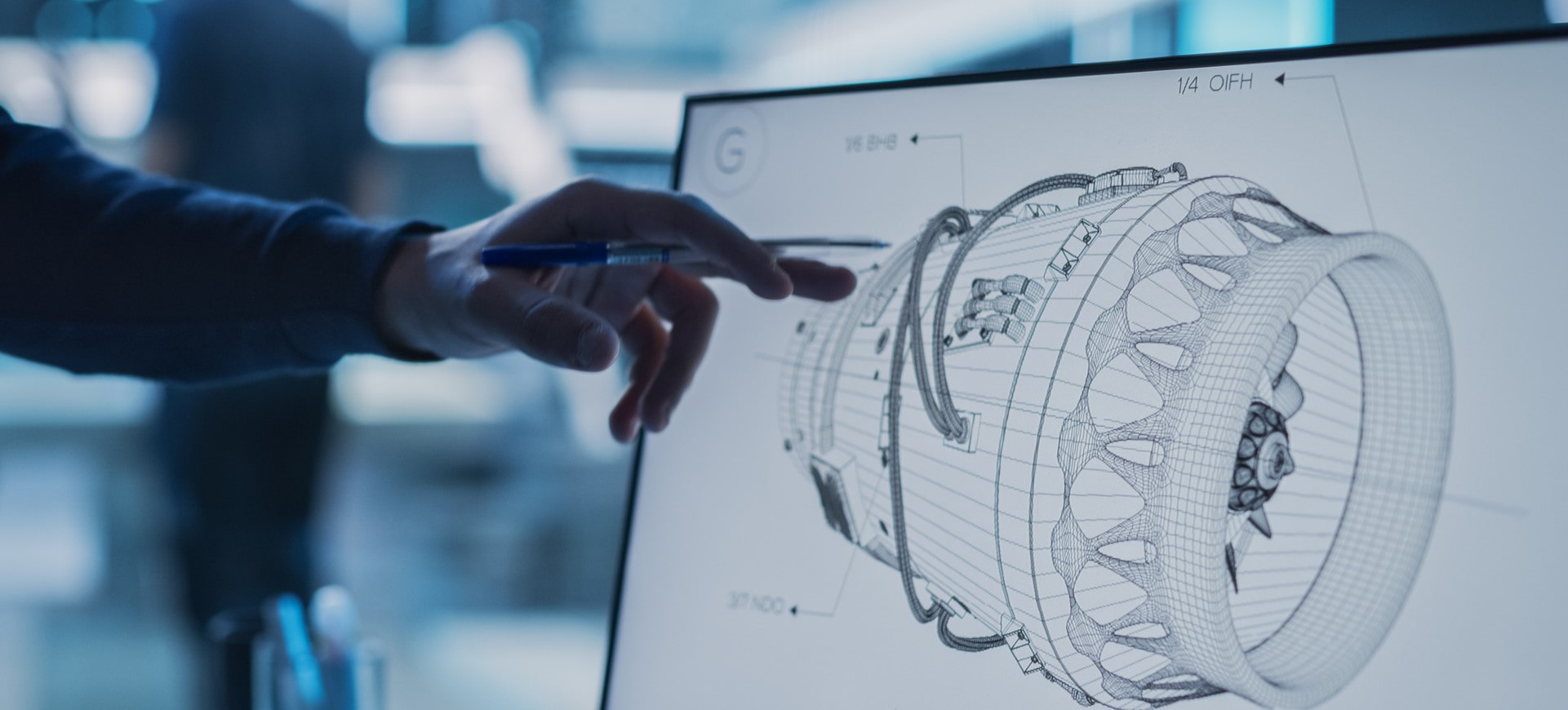I studied Engineering in Caen and at the Ecole des Mines in Nancy. This inspired me to pursue further education and I went on to earn a Masters degree with a major in Fluid Mechanics and Energy Systems. I then earned a MSc in Aerospace Engineering from Cranfield University.
After working for a year in a design office near Geneva, I soon felt compelled to pursue a PhD investigating machine learning and aerodynamic design, which is what led me to the University of Liverpool.
My research
-min-400x208.jpg) Designing an aircraft requires studying its aerodynamics, which is the way a shape moves through the air. The principal ways of capturing aerodynamic data are wind tunnel testing and numerical analysis.
Designing an aircraft requires studying its aerodynamics, which is the way a shape moves through the air. The principal ways of capturing aerodynamic data are wind tunnel testing and numerical analysis.
In wind tunnel experiments, a scaled model is manufactured to collect data about the air flow around the model through measurements. Aerodynamic data can also be computed with deterministic numerical simulations such as using an incarnation of the Navier–Stokes equations.
Both methods can be expensive and are subject to multiple sources of uncertainty. Thus, there is a significant challenge to leverage information from the different aerodynamic data sources while controlling the definition and propagation of uncertainty towards the decision-making level.
Digital engineering can be considered as an opportunity to rethink current practices and processes. The idea behind my PhD is to be able to combine different data sources to obtain a better overall estimate on the design space.
Machine learning offers practical and efficient methods for merging the information from different data sets and for incorporating real world variability and probabilistic behaviour into engineering analysis.
Uncertainty quantification takes place when making high-consequence decisions within the risk management step of the design cycle. Thus, the ambition of this work is to advance aerodynamic design of future aircraft through the application of machine learning algorithms that enable experimental and numerical data to be combined while accounting for uncertainty.
The aspect of my project that I like best is that it includes several disciplines: mathematics, computer science and engineering. What I enjoy most is studying new machine learning techniques in the literature, understanding them as best I can and implementing them to try and solve the problems I face in my project. I am constantly learning new things and getting better at all three disciplines.
What are your next steps?
I am spending some time in Germany at DLR, the German Aerospace Centre, working on research aspects that are common to my PhD and their research interests. Before the end of my PhD, I would like to see the work we are currently doing lead to some interesting and relevant results that could be used to produce a joint publication.
In the longer term, I would like to continue to apply machine learning to real engineering problems in a research environment, either by carrying out a post-doc or by working as a research scientist.
My 3-minute thesis
Speaking English has always been a challenge as it is not my native language. My English has improved over the years spent in UK, but it can still be difficult to share ideas and thoughts orally.
To overcome this, I like to take every opportunity to improve and the 3MT enabled me to learn more about how to use body language and how to make a speech more fluid so that it's more enjoyable for the audience.
The day of the competition was also a good opportunity to improve on stress management and improve on my presentation technique. During presentations, I try to start from the basics and add more complex information gradually, so I resonate with the audience.
My resesarch connects me to two different scientific communities: Machine learning and Aerospace. Thus, it is important for me to be able to explain my challenges and opportunities to both, knowing that one is unfamiliar with the other.
My project is sponsored by the Aircraft Research Association, a company that does aerodynamic design for aircraft manufacturers. Therefore, I need to be able to bridge the gap between my research and the industrial requirements of my partners.
Watch my 3MT presentation
Back to: Research
